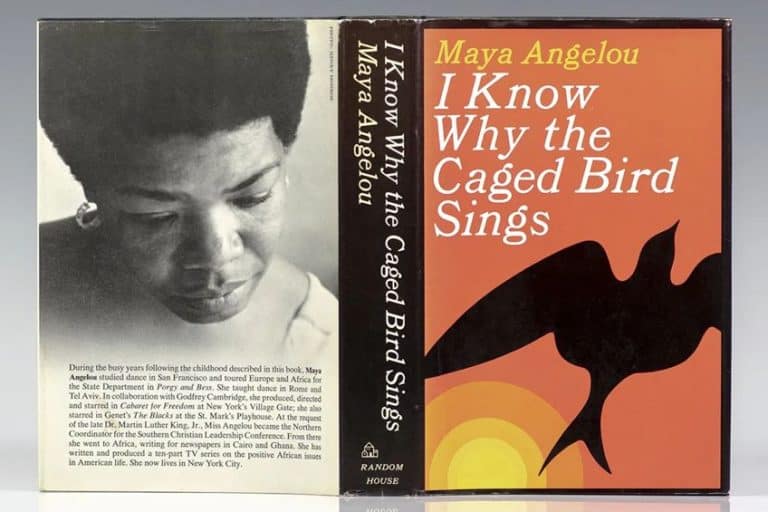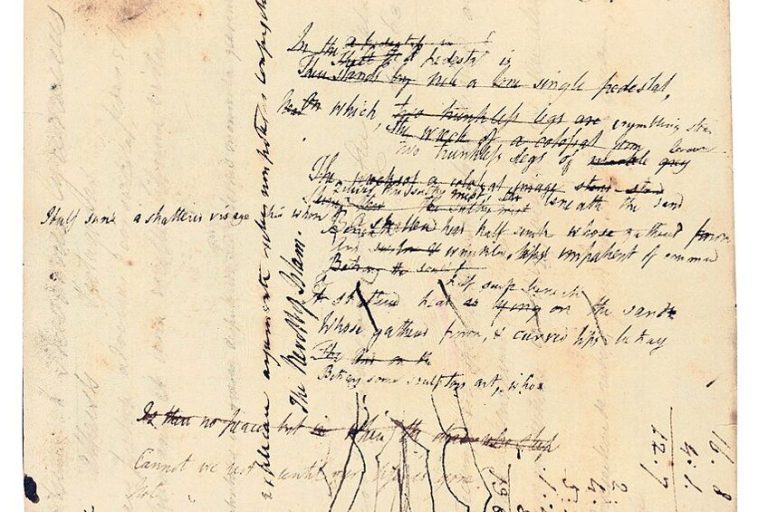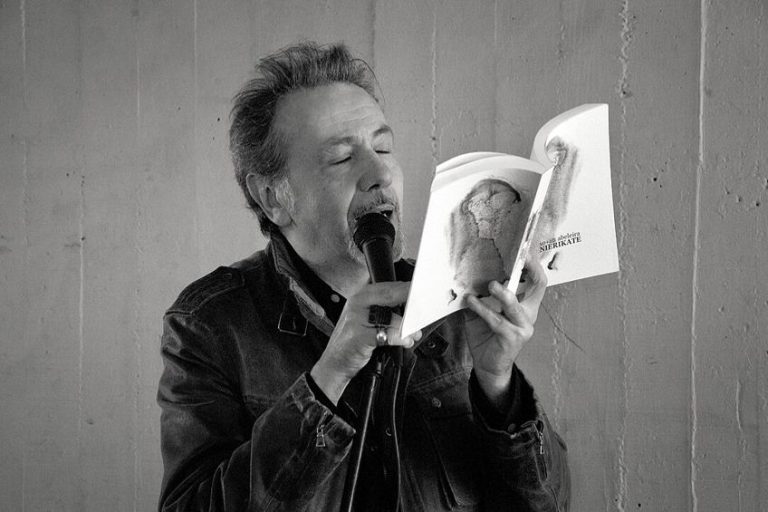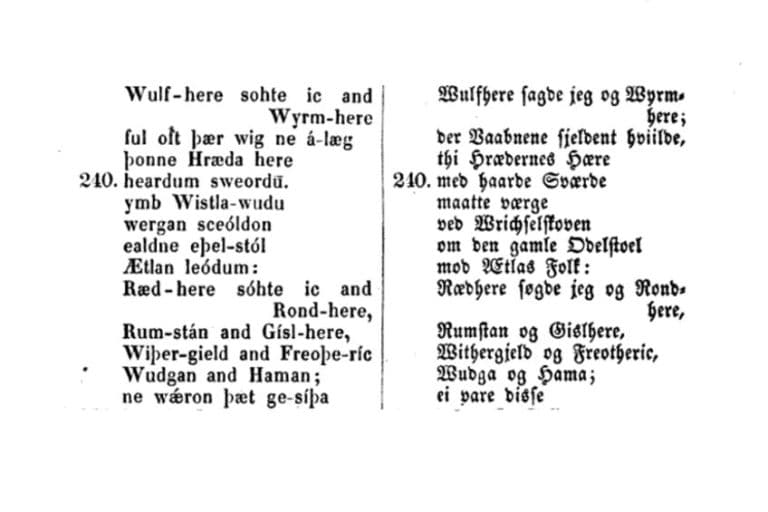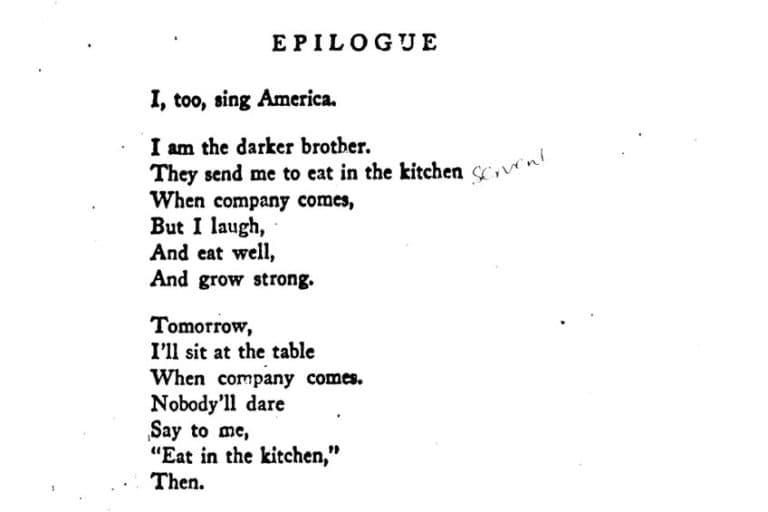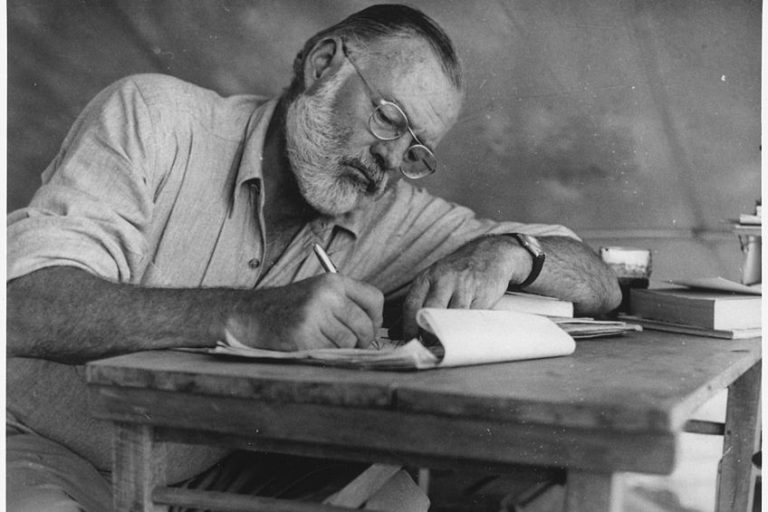Tones of Poems – How Writers Create Mood in Prose
There are many different tones of poems, and that is what we will attempt to explore today. We will look at the question: “What is tone in poetry?”, and we will examine this question by exploring the way in which tone in poetry is used, the different types of tones in poems, and a few examples of tone in poetry. So, without further ado, let’s discuss the different tones in poems and why they are used!
A Look at the Tones of Poems
Tone is a term that can often be viewed as synonymous with attitude or mood. This is also what makes a term like this quite a difficult thing to examine in general as “attitude” and “mood” can also be defined along very specific lines. So, what is tone in poetry then? It is essentially the feeling that is conveyed by the poet through the use of words, themes, and other poetic elements. With that general understanding in mind, let’s explore the use of tone in poetry to see what we can learn about this common poetic element.

How Tone Is Presented in Poetry
There are many ways in which tone can be presented in poetry. The different tones of poems can be seen in the presentation of language in a poem. The most basic way in which this can be seen is through the use of word choice. Which words are chosen over other words? For instance, a word that has a far stronger weight to it may be considered preferable to one that is weaker in terms of emotionality.
One of the best ways to see this is with the morbid topic of taking a life. The word “kill” has a certain neutral quality to it. It does not present us with all that much emotionality. We can kill things by mistake or out of necessity. However, if we were to instead use the word “murder”, we would get a very different kind of feeling that is produced. The feeling behind a murder is significantly different from something being killed.
The use of the word “murder” is so much more powerful because it presents us with a very different tone. That word does not relate to something accidental or necessary.
You cannot murder by mistake. You can kill by mistake. In terms of the law, the term “manslaughter” is often used if this is the case. This is because “murder” implies intent. There was a plan to do it. It was premeditated. It was callous and cruel. It was purposeful.
So, if you wanted to have a poem in which a person is murdered, you may prefer to use terms that are more emotive. This can be far more evocative and aid in the creation of stronger tones of poems. A poem that is particularly dark in its presentation does not usually shy away from emotionality. Show the emotion. Show it through the words that are used. However, word choice is not the only way in which tones of poems can be presented to the reader.
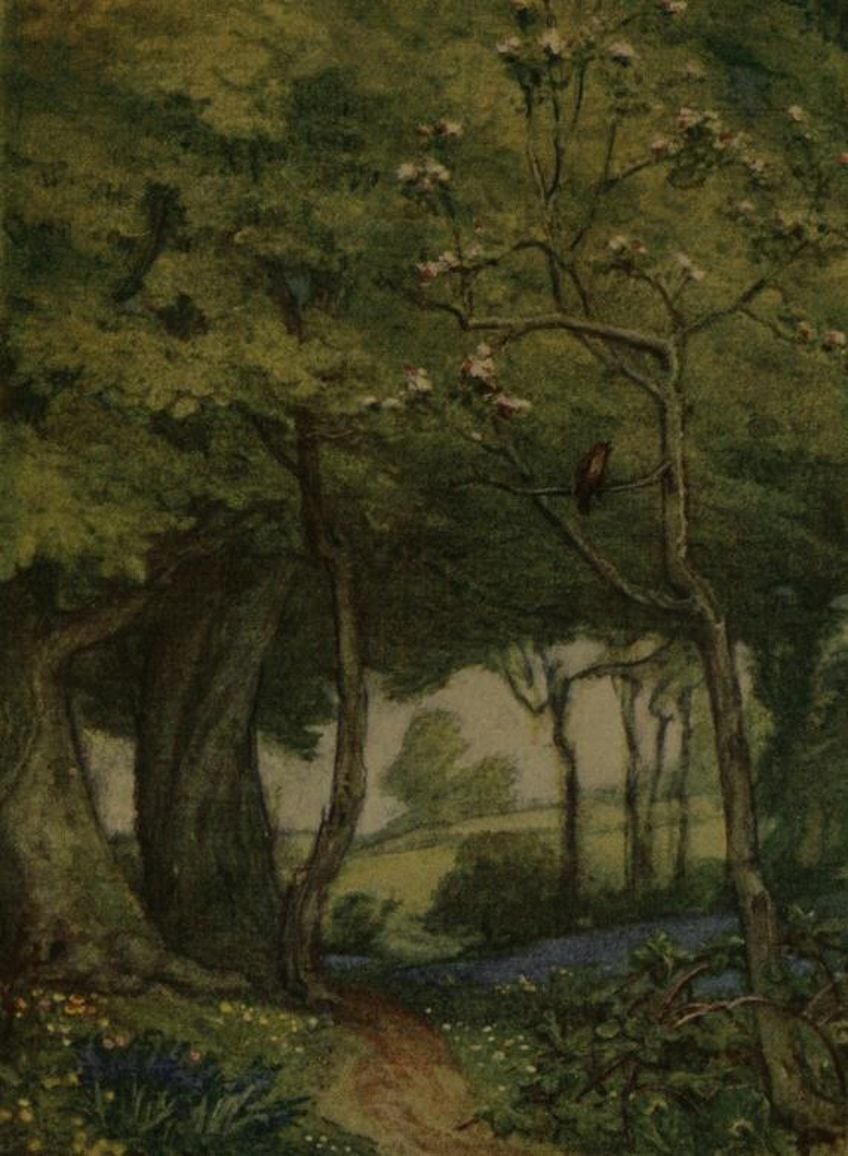
One of the most common ways in which we may present the tones of poems is also through the use of figurative language. This can mean the use of metaphorical constructions, such as by using an allegory of nature to comment on the destructive nature of urban environments or something like hyperbole could be used to express feelings in a more exaggerated fashion than they may technically require. However, something like hyperbole can be used to show the way that we feel about something, rather than the way that it truly is, such as using overly inflated language for our love for someone.
There are many ways in which the tones of poems can be expressed through the use of language. Not only through the methods that have been discussed but also through the use of passive and active voice, which both present very different general tones in poetry. Furthermore, the use of short or long sentences, the use or lack of rhyme or meter, the use of punctuation, capitalization, enjambment, and other poetic forms, and so on. All of these different and distinct methods can be used to present the different tones of poems.
However, it may be best to examine some of the different types of tones in poems to show what can be done with language and why. So, let’s examine that.
Types of Tones in Poems
There are many different tones of poems that could be explored, but today, we will only have a look at five of them. These different types of tones in poems are not necessarily the most common, but they should give a good overview of some of the different tones of poems and how they can be used.

Arrogant Tone
When we think of poetry, we often think of tones that are more uplifting or, at the very least, say something about how we may universally feel at times. However, that does not need to be the case because a poem can also make use of a far more arrogant tone. This is a tone that is far more condescending or boastful about certain ideas or accomplishments. These kinds of poems can help us to see the darker and less illustrious side of human nature. A good instance of a more arrogant tone can be found in William Ernest Henley’s Invictus, which is about the strength and resilience of the speaker.
It can be read in a very arrogant sense, but arrogance of this kind can also be analyzed further to understand why such a seemingly inflated sense of self has been used.
Assertive Tone
It can often be very easy for us to hide behind certain feelings. We may not want to make ourselves known, to allow ourselves to be out there where we could face some kind of danger to our self-esteem. However, that is not what this tone in poetry attempts to do. Instead of hiding, it is confident and direct. It wants to confront, often because it wants to assert something that the poet feels has not otherwise been asserted.

This can be seen in poems such as Phenomenal Woman by Maya Angelou. This poem is an assertive expression of the self. It is an act of confidently and assertively stating her own beauty. It is about self-love and respecting oneself. This is something that we are often trained not to do. We are not meant to act this way because it is arrogant and self-centered, but as a society, we have often pushed people in the opposite direction. We have pushed them away from pride in themselves, and so asserting that is a powerful and important thing.
Inspirational Tone
There are many poems that make use of an inspirational tone. The idea behind an inspirational tone in poetry is that it is meant to serve as an optimistic declaration of hope, encouragement, and confidence. It can be easy to become uninspired in life, especially when there is so much happening in our lives, but poems that make use of an inspirational tone may be able to encourage us to try even when the going gets tough.
This tone can be found in something like Still I Rise by Maya Angelou.
This stunning poem concerns adversity because one cannot be inspired to push through something positive and is instead geared towards perseverance through said adversity. The poem repeatedly calls for the reader to rise above the difficulties they face, and it is presented in the first-person to show that the poet has also attempted to rise above it all. The use of an inspirational tone in poetry can help those who may need some motivation in their lives.
Light-Hearted Tone
When we think of poetry, we often think of dark and serious topics. Well, we either think of that or love poetry. Those are the binaries in which we are often trained to think. It must either be about love or about something miserable, like death. There are no in-betweens! But that is not the case. A poem can also be about fun and enjoyment. A poem can be playful and whimsical. There are many ways that this can be achieved, and there are many reasons that one may want to make use of this kind of tone in poetry.

A good example of this tone can be found in a poem like Jabberwocky by Lewis Carroll. This poem is considered to be one of the most famous examples of nonsense poetry that has ever been written. It uses made-up words, a more playful structure, and odd subject matter to present the reader with a strange and entertaining story about a weird monster.
Melancholic Tone
A melancholic tone is likely one of the most famous tones of poems and this is because many poems are about sad and mournful topics. In fact, the whole concept of an elegy is that it is often a reflection and contemplation of someone who has died. This often comes along with a more melancholic tone. The reason that we use feelings such as this in poetry is because melancholic feelings can often be seen as universal.
We all experience them. We all know what it feels like to be sad.
This can be seen in many poems, such as something like Ode to a Nightingale by John Keats. This poem is concerned with the way in which life will inevitably come to an end. The poem is sad and melancholic in its presentation because it is about something serious, something sad, something that should be acknowledged. This shows how the tones of poems can help us to explore topics that may be taboo or difficult for us to otherwise discuss.
Examples of Tone in Poetry
Every poem makes use of some kind of a tone, but this is often best shown through actual examples of tone in poetry. We are going to examine two different poems today that can be used to show the way in which tones in poems can be demonstrated. Both of these poems are particularly famous poems, but far more poems than only those that are famous make use of tone.

The New Colossus (1883) by Emma Lazarus
| Date Published | 1883 |
| Type of Poem | Sonnet |
| Rhyme Scheme | Petrarchan |
| Meter | Iambic pentameter |
| Tone | Celebratory |
The New Colossus is a poem that is particularly well-known in the United States. The reason is because this poem is engraved on the pedestal of the Statue of Liberty. This enduring figure of American freedom has been eternally affixed with the poem that has now become one of the best-known in the country, and the poem expresses ideas of opportunity, freedom, and hope.
One of the lines of the poem, which concerns the “huddled masses yearning to breathe free” has become one of the most famous lines in poetry in history.
The tone that this poem is attempting to produce is one that is far more celebratory in nature. It wants to celebrate the kinds of ideas and thoughts on which the country’s ideals are based. It wants to express these feelings of freedom, aid, and a welcoming attitude to all who would want to enter the “land of opportunity”, and it also does this by directly evoking the image of the Colossus of Rhodes to establish a connection between these two statues and what they represent.
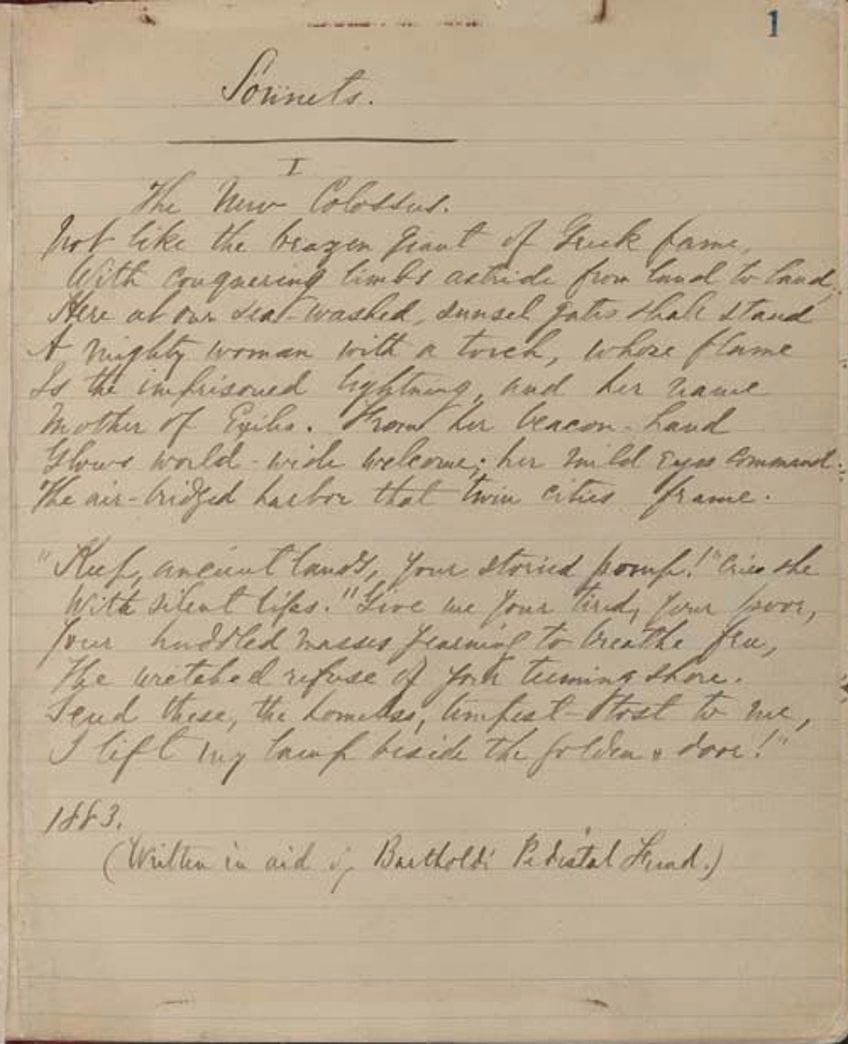
Daddy (1962) by Sylvia Plath
| Date Published | 1962 |
| Type of Poem | Confessional |
| Rhyme Scheme | None |
| Meter | Free verse |
| Tone | Angry |
Daddy is considered to be one of the most famous poems that Sylvia Plath ever wrote, and the poem explores the way in which Plath felt about her father. The poem was written as a way of trying to understand the often-fraught relationship with the man. It does this through the use of vivid imagery that allows the themes of the poem to be explored in a raw and confessional way.
The general tone of the poem is emotional, and that emotion is often filtered through anger. It shows the way in which she wanted to push back against the control and power that her father exerted over her, and this shows the way in which a poem can make use of a more confrontational and angry tone to deliver a message that can better relate to others who may be experiencing similar feelings about their own fathers.
Since we started this article, we have attempted to answer the basic question: “What is tone in poetry?”. We have examined the different types of tones in poems, why tone is used, and a few examples of tone in poetry. This common poetic element is found in all poetry, and so, an understanding of the different tones of poems can be very important if you too want to read, understand, or analyze poetry.
Frequently Asked Questions
What Is Tone in Poetry?
Tone in poetry is a concept that refers to the feelings that are conveyed through the use of various poetic elements in a poem. A poet will make use of various words, phrases, themes, and so on, to produce a certain tone. A tone could, for instance, be darker or lighter, happier or sadder, but there are many other types of tones in poems. This term can also often be conflated with attitude and mood as these terms can be quite synonymous, but they are sometimes used more specifically.
What Are the Types of Tones in Poems?
There are numerous and varied types of tones in poems. There is no real set number of different types of tones that can be found, but some of the most common include tones such as cheerful, inspirational, and melancholic tones. However, these are not the only examples of tone in poetry, and there are a great many more that can be found in a wide array of poems. Understanding the type of tone used can be very important when analyzing poetry.
Can a Poem Have No Tone?
A poem cannot have no tone. The reason that a tone is necessary for any instance of poetry is because tone refers to the kind of feeling that a poem is producing, and every poem produces some kind of a feeling. Even a poem that is written in a very robotic manner could be called a kind of logical tone. So, there is no real way to exclude tone in poetry, as tone is produced through the words a poet uses, and all poetry uses language.
What Is the Most Common Tone in Poetry?
It is very difficult to answer a question like this, as there is no real definitive way to determine something like this. There tends to be an association between poetry and love, and a lot of love poetry tends to have a happier tone to it. However, love poetry is not the most common type of poetry, it just happens to be the most famous type. So, determining a true answer to this question is likely impossible.
Why Is It Important to Analyze Tone in Poetry?
The reason it’s so important to pay attention to the different tones of a poem is because tone is highly emotive, and understanding the emotion of a poem can go a long way to understanding the poem itself. Without understanding the feeling that a poem is trying to produce, it may be impossible to fully understand or appreciate a poem.
Justin van Huyssteen is a freelance writer, novelist, and academic originally from Cape Town, South Africa. At present, he has a bachelor’s degree in English and literary theory and an honor’s degree in literary theory. He is currently working towards his master’s degree in literary theory with a focus on animal studies, critical theory, and semiotics within literature. As a novelist and freelancer, he often writes under the pen name L.C. Lupus.
Justin’s preferred literary movements include modern and postmodern literature with literary fiction and genre fiction like sci-fi, post-apocalyptic, and horror being of particular interest. His academia extends to his interest in prose and narratology. He enjoys analyzing a variety of mediums through a literary lens, such as graphic novels, film, and video games.
Justin is working for artincontext.org as an author and content writer since 2022. He is responsible for all blog posts about architecture, literature and poetry.
Learn more about Justin van Huyssteen and the Art in Context Team.
Cite this Article
Justin, van Huyssteen, “Tones of Poems – How Writers Create Mood in Prose.” Art in Context. September 14, 2023. URL: https://artincontext.org/tones-of-poems/
van Huyssteen, J. (2023, 14 September). Tones of Poems – How Writers Create Mood in Prose. Art in Context. https://artincontext.org/tones-of-poems/
van Huyssteen, Justin. “Tones of Poems – How Writers Create Mood in Prose.” Art in Context, September 14, 2023. https://artincontext.org/tones-of-poems/.




